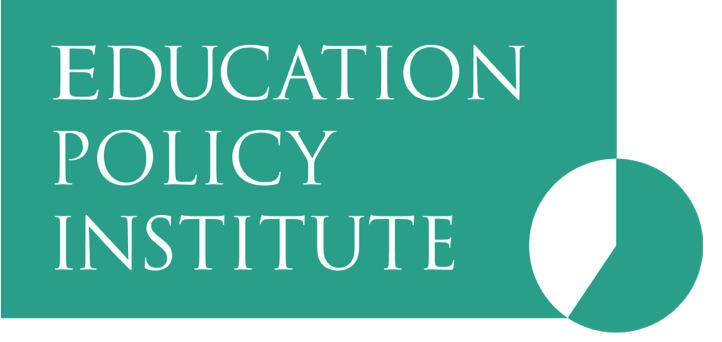EPI has launched an innovative new online web tool that enables users to build a more rounded understanding of the performance of multi-academy trusts, local authorities, dioceses, and federations in England. It allows users to benchmark performance between different school groups as well as to compare the relative strengths and weaknesses of individual groups.
This first release of the tool focusses on inclusion and attainment outcomes. Further releases will include measures of financial health and workforce indicators.
Our web tool is accompanied by a new report which highlights some key findings from our latest analysis.
The report finds that:
- Across all measures there is considerably more variation within school group types compared to between school group types.
- Larger MATs (with 10 or more schools in a phase) have, on average, higher rates of persistent absence, suspension, and unexplained exits than smaller MATs and local authorities.
- However, these larger MATs admit greater rates of disadvantaged pupils and have higher attainment outcomes for low prior attaining and disadvantaged pupils.
- The highest performing groups on overall attainment receive a lower proportion of applications from disadvantaged pupils and have lower rates of absence and suspension.
- There are some differences between the school group types. The median local authority has a lower rate of suspensions than the median MAT, whilst the median MAT has higher progress scores for both disadvantaged and low prior attaining pupils than the median local authority.
- Primary school groups linked to dioceses (MAT and non-MAT) have intakes that are less representative of their local area. However, they have relatively low levels of persistent absence and relatively high overall attainment.

